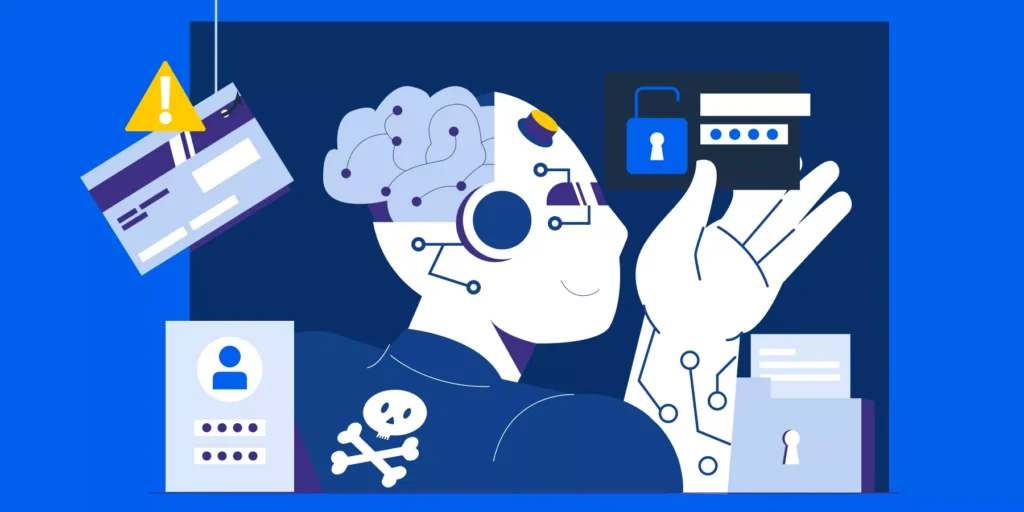Welcome back to our Google Workspace Auditing Series!
In this installment, we’ll analyze the often-overlooked world of Email Compliance and Security Audits.
Many Google Admins feel like their email system is a closed box – full of activity but lacking transparency. However, email compliance and security audits, often seen as a tedious chore, are, in fact, hidden goldmines of insights.

Why Compliance Audits Are More Than Just Checkboxes
Sure, compliance audits ensure you’re meeting legal requirements (think GDPR, HIPAA, etc.), but they also reveal hidden patterns and user behavior.
For example, an audit might flag a surge in emails containing sensitive data being sent to external recipients.
Dig deeper: Are employees confused about data classification? Is there a shadow IT issue with unauthorized cloud storage use? These audits can be early warning systems for potential security breaches.
Security Audits: More Than Just Spam Filters
Security audits go beyond just checking for phishing attempts (although that’s important too!). They can expose weaknesses in your email infrastructure.
For example, are employees using weak passwords? Is multi-factor authentication (MFA) enabled for high-risk accounts?
Audits can identify these gaps and help you prioritize security improvements.
🔔 BONUS: Take Control of Your Audits! Download Our Free Google Workspace Auditing Task List. A game changer for any Google Admin.
Pro Tip: Unmasking the “Shadow Email”
We all know about shadow IT, but what about “Shadow Email?”
Shadow email refers to unofficial email accounts set up by employees outside of your organization’s Google Workspace.
These accounts bypass the security measures you have in place, potentially exposing sensitive information to cyber threats.
Moreover, regulatory compliance often requires that all business communications be secured and manageable within a sanctioned platform like Google Workspace. Shadow emails could lead to non-compliance issues, and any information within these accounts might be at risk of loss, as they’re not safeguarded or backed up by your IT department.
That’s why, to mitigate the risks associated with shadow emails, conducting regular email compliance and security audits is essential.
Turning Data into Actionable Insights
So, you’ve run your audit and have a mountain of data. Now what?
Here’s where the magic happens:
- 1. Correlate Audit Findings: Look for connections between compliance and security issues. For instance, a compliance violation involving sending sensitive data might indicate a lack of security awareness training.
- 2. Focus on User Behavior: Audits can reveal patterns in how employees use email. Are they forwarding too much data externally? Are they struggling with data classification? Tailor training programs based on these insights.
- 3. Measure & Improve: Regular audits allow you to benchmark your progress. Track how your security posture and compliance rates improve over time.
Real-World Application: A Fictional Example for Insight
The Scenario:
Imagine HealthSecure, a healthcare provider striving to maintain robust email security and compliance with HIPAA regulations. Despite their efforts, a sophisticated phishing attack exploits a vulnerability in their email infrastructure, leading to a data breach.
This incident highlights the critical importance of a proactive approach to email security.
The Response:
Following the breach, HealthSecure takes decisive action to strengthen its email security posture:
- 1. Quarterly Email Security Assessments: These regular assessments identify weaknesses in their email security and allow them to prioritize remediation efforts.
- 2. Advanced Security Implementations: HealthSecure deploys AI-driven email filtering to detect and block malicious emails more effectively. Additionally, they implement stronger authentication methods, such as multi-factor authentication (MFA), to make unauthorized access to user accounts more difficult.
- 3. Compliance Audits: Regular compliance audits ensure all email practices align with HIPAA standards. This helps HealthSecure minimize the risk of regulatory violations.
- 4. Targeted Employee Training: Investing in targeted employee training on email security best practices empowers staff to identify and avoid phishing attempts, a major contributor to data breaches.
The Outcome:
By taking a comprehensive approach that combines regular email security assessments, advanced security implementations, compliance audits, and targeted employee training, HealthSecure significantly reduces vulnerabilities in its email environment. They also gain increased confidence in their ability to meet HIPAA compliance requirements.
Leveraging GAT and Your Auditing Guide for Enhanced Results
Discover our guide’s robust foundation in email compliance and security, including essential practices like email routing reviews and SPF, DKIM, and DMARC setup.
With GAT’s suite of tools, you can extend your auditing capabilities to include email delegation, keyword filtering for sensitive content, DLP tool utilization for preventing data breaches, and comprehensive user activity monitoring for a complete security overview.

The Final Takeaway: Embrace the Audit
Email compliance and security audits are powerful tools, not just for ticking boxes.
By using them strategically, Google admins can gain valuable insights into user behavior, strengthen security, and ultimately, create a more secure and compliant email environment.
Bonus: Advanced Audit Techniques
- 1. Keyword Filtering: Look for specific keywords or phrases in emails that might indicate policy violations (e.g., credit card numbers, social security numbers).
- 2. Data Loss Prevention (DLP): Leverage DLP tools to identify and prevent the transmission of sensitive data.
- 3. User Activity Monitoring: Monitor user activity logs to identify suspicious behavior, such as unusual login attempts or high-volume email sends.
Remember, with a little extra effort, you can transform email audits from a chore into a strategic advantage. Don’t wait – unlock the hidden insights in your email system today!
Insights That Matter. In Your Inbox.
Join our newsletter for practical tips on managing, securing, and getting the most out of Google Workspace, designed with Admins and IT teams in mind.







